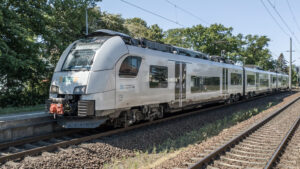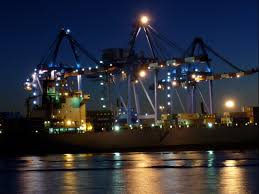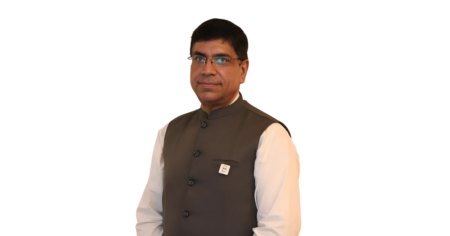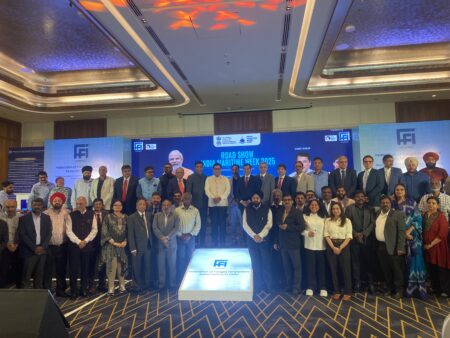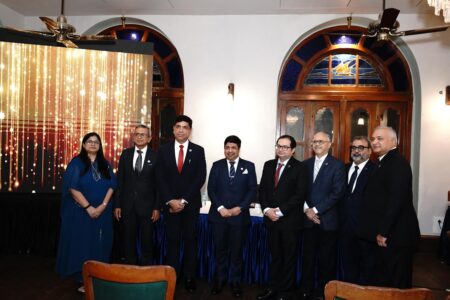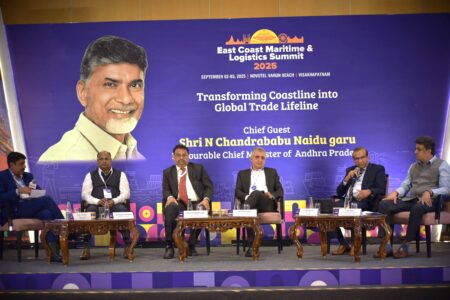As logistics navigates an era of environmental urgency, Dr Stéphane Graber, Director General, FIATA, shares how freight forwarders are moving from ambition to action, shaping a greener, more resilient global supply chain.

Transparency builds trust, and trust drives action
The biggest hurdle in global logistics sustainability lies in its fragmentation. Diverse transport modes, jurisdictions, and supply chain actors, many of them SMEs, face a lack of harmonised emissions data and regulatory certainty. FIATA is addressing these by equipping members with training, policy guidance, and practical tools. Through initiatives like the upcoming “Green and Resilient Logistics” FIATA World Congress, we’re convening stakeholders to co-create global alignment. The road to sustainability demands more than compliance; it requires collective vision, inclusive dialogue, and long-term commitment across the freight ecosystem.
Technology spectrum
No single technology will solve logistics’ emissions challenge. Each mode demands its own innovation. Sustainable aviation fuel shows promise in air cargo, while green methanol and wind-assisted propulsion are reshaping maritime. Hydrogen trains and full rail electrification are gaining traction. Yet, across all modes, digital emissions tracking may prove the most transformative—enabling freight forwarders to act on data. FIATA supports the uptake of such tools to democratise sustainability, making it accessible to operators of all sizes in every corner of the world.
Smart trade-offs
Balancing cost with sustainability isn’t just possible—it’s smart business. Modal shifts to rail or sea, route optimisation via AI, and digital solutions like FIATA’s electronic Multimodal Bill of Lading (eFBL) not only reduce emissions but also enhance operational efficiency. The key is to embed sustainability in business logic—not as a standalone cost, but as a core value driver. When done right, sustainability and profitability move in the same direction and support long-term resilience.
Policy catalysts
Governments are essential enablers of green freight. Regulatory clarity, investment in clean infrastructure, and fiscal incentives are key to de-risking early adoption. But policy must reflect real-world logistics challenges—especially for SMEs. Fragmented national rules disrupt cross-border movement. FIATA urges global harmonisation, collaborative policymaking, and direct engagement with freight forwarders. Without inclusive and consistent frameworks, the green transition risks leaving smaller players behind in a rapidly changing regulatory environment.
Consumer expectations
There is mounting evidence that consumers care about how their products are shipped, though price sensitivity matters. According to a McKinsey & NielsenIQ study, over 60% of consumers support sustainable packaging and logistics, but the premium they’ll pay is modest. That means businesses must internalise green practices efficiently and transparently. When customers understand the environmental impact of their choices, they’re more willing to opt for greener options. Transparency builds trust, and trust drives action.
Real momentum
Sustainability in logistics is no longer aspirational; it’s operational. From digitalisation and modal shifts to collaborative policy frameworks, the green movement is gaining ground. FIATA remains committed to guiding freight forwarders through this transition, helping them lead the way in building a supply chain that is both resilient and responsible, grounded in innovation and shared purpose.

